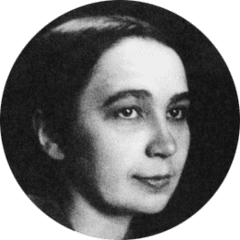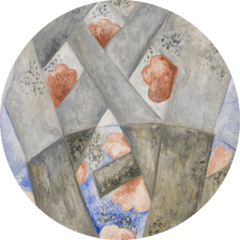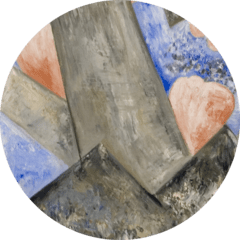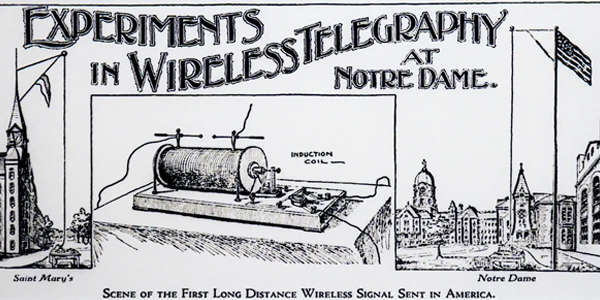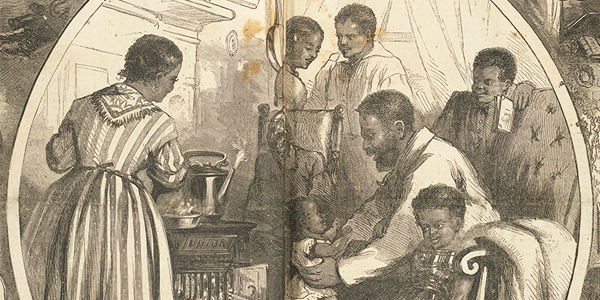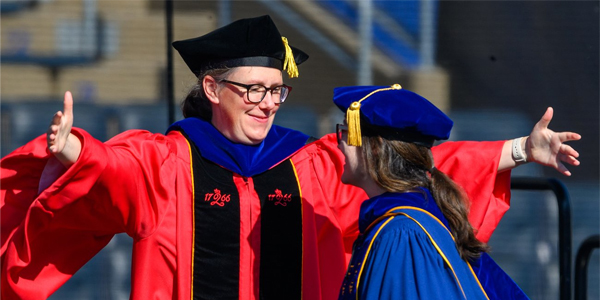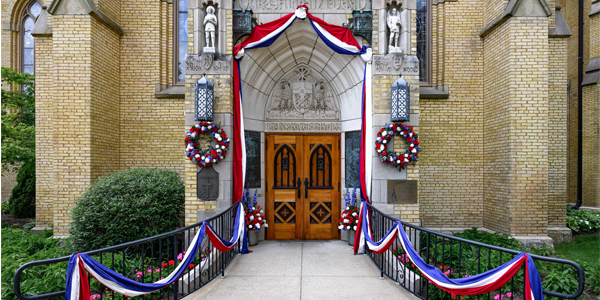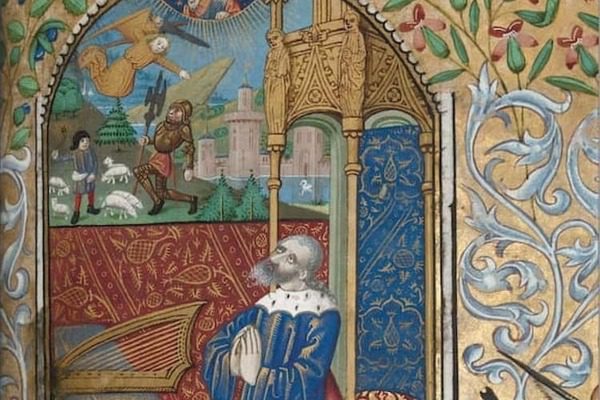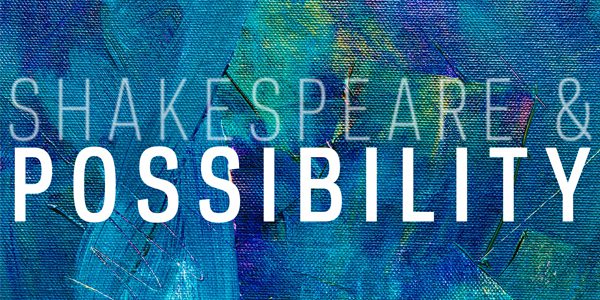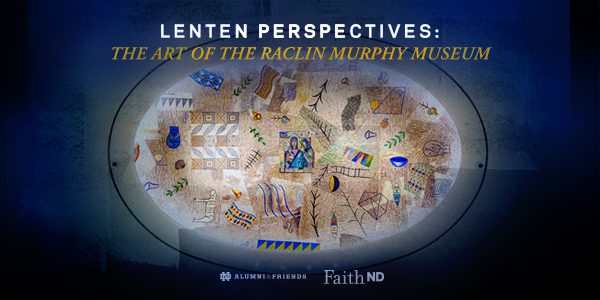Spring

ABOUT THE ARTWORK
Who made it?
What’s going on in this work?
Goncharova’s vision of spring in this painting is all angles, straight lines, and soft, muted colors. She took inspiration from the nature around her and then abstracted it—breaking it down into the basic elements of art. Perhaps we are seeing two trees bursting from the ground with small puffs of pink flowers peeking out from their branches. Or, we might be looking at a trellis with its woven slats of wood holding up delicate early spring blooms. Or still, yet, we might be looking at a mountain range in front of two gigantic interwoven, blooming trees symbolizing the birth of spring.
Goncharova’s abstraction allows us to see many different things from the most basic shapes, lines, and colors. The title she gave the piece helps us organize those elements into something that has meaning.
Take a closer look.
Click on the full image of Spring above to see a larger version of the work. Look closely at the painting and use these questions to guide your looking. Share your thoughts with your family at home, with a friend through a virtual conversation, or with us in a response to this email.
- What do you see when you look at this painting? What does it remind you of? What do you see that makes you say that? Consider how another person might have a different idea and different reasons for their idea.
- Make a list of the things that Goncharova did to make us “think spring” when we look at this painting. Think about the colors, textures, lines, and shapes she used. If you were going to make a work of art about spring, what details would you include to make it strongly suggest the season?
- If you can, take a walk outside to look for trees and bushes that are just starting to bud (or, if you can’t get outside, spend some time looking out a window). Take a sketchbook with you to draw what you find or take photos with your phone.
Download the Raclin Murphy Museum of Art app to take a virtual walk through the Sculpture Park today! Available for free download in your regular app store.
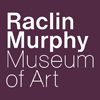
Engage with the Raclin Murphy Museum of Art by exploring their collection through background information and reflection questions. For more information on the collections, please visit the Raclin Murphy Museum of Art website.
Learn MoreApril 20, 2020
More Like This
Related PostsLet your curiosity roam! If you enjoyed the insights here, we think you might enjoy discovering the following publications.

